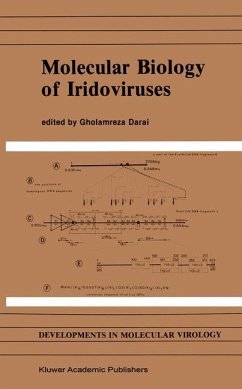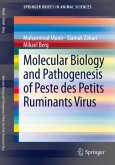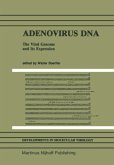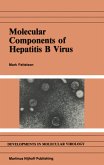Fish lymphocystis disease virus (FLDV) has been tentatively classified as a separate genus of the iridovirus family. Iridoviruses were previously called icosahedral cytoplasmic deoxyriboviruses (ICDV). The Iridoviridae family contains four genera including lymphocystis disease virus (proposed name Lymphocystivirus, Willis, 1989 (1". FLDV is a causative agent of lymphocystis disease (LD) which frequently appears in Pleuronectidae (flatfish) such as Pleuronectes platessa (plaice), Platichtys flesus (flounder), Limanda limanda (dab), and Trigla gurnardus (gurnard). Fish lymphocystis disease is characterized by papilloma-like lesions, which can be induced experimentally in Lepomis macrochirus (bluegill) (2) and by subdermal injection of plaice and flounder (3). The mechanisms of this nonmalignant tumor induction are unknown. Since the discovery of LD in 1874 by Lowe (4), attempts have been made to isolate and propagate FLDV in vitro with limited success (5-7). As a first step towardsunderstanding of the underlying mechanisms of this infectious disease the structure and properties of the causal virus must be eluciated. These basical molecular biological studies provide new facilities for investigation of virus host interactions which is necessary for understanding the molecular mechanisms of the viral pathogenesis. MATERIALS AND METHODS A total of 30 fish with LD lesions caught near the Doggerbank areas were analyzed individually, including 20 flounders, six dabs, and four plaice. Virions of FLDV from LD lesions of each species of fish were isolated, purified, and examined by electron microscopy as 205 described previously (8). Fig.
Hinweis: Dieser Artikel kann nur an eine deutsche Lieferadresse ausgeliefert werden.
Hinweis: Dieser Artikel kann nur an eine deutsche Lieferadresse ausgeliefert werden.







